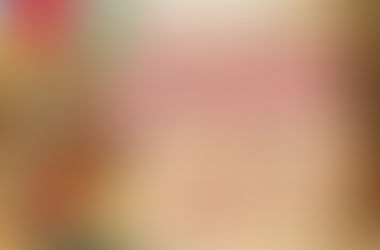More about There and Back Again
- Galina Barskaya

- Oct 25, 2022
- 3 min read

There and Back Again is an eclectic collection of 20th century music. The title comes from a translation of one of the works in the program, Hin und Zuruck (There and Back), by Hindemith. More about this work a little later. The title for our program is also our tribute to the past. In looking at the past, these interesting and challenging works help us to better understand the present, and to look forward to the future. The program will start with Five Duets for Soprano and Baritone by Karl Weigl. Karl Weigl was a late 19th to early 20th century composer of Austrian-Jewish origin. He had connections with such musical luminaries as Mahler and Zemlinsky. After the Nazis occupied Austria in 1938, Weigl's music could no longer be performed, and he, like many others, found refuge in the US. The five duets you will hear in this program were composed in 1909 and best represent Weigl's music as German Romanticism, with some 20th century twists! We then move to Hindemith, one of the most outstanding German composers of the 20th century. Two works will be performed: Suite 1922 has five movements: March, Nocturn and three Dances. The music is very innovative and somehow has elements of sarcasm and parody. The composer himself didn't consider it his highest achievement, yet it's very interesting and challenging for musicians and listeners alike to explore. Hin und Zuruck is a very short opera, rather like an opera scene. Again, we are in the realm of parody. In this case, the conventions of traditional opera are ridiculed. After some dramatic events (the husband discovers that his wife is unfaithful and kills her and then commits suicide), the wise man appears, declares that the story can't end like this, and thus reverses the course of events. So the second half of the opera is a full reversal of the first half, with the story, music, and everything else going backwards. In the second half of the program, there will be works from the outstanding Soviet composers Prokofiev and Shostakovich. We will perform one scene from Love for the Three Oranges by Prokofiev This is a "teaser" for the end of our 11th season, when we will perform this entire opera. In this scene, Truffaldino, "the person who makes people laugh,” is trying unsuccessfully to make the Prince laugh. The Prince in this opera is a very unusual Prince. He suffers, as he has consumed too much bad poetry, which has made him very melancholy. Finally, Truffaldino manages to take the Prince to some kind of celebration, which is manifested by the famous March. Finally, the last piece in the program is vocal cycle From Jewish Folk Poetry by Shostakovich. It is based on poetry that was translated from the original Yiddish to Russian. This poetry inspired Shostakovich, as he in general was a Jewish sympathizer. Some of his previous works, such as the last movement of his Second Piano Trio, were also inspired by Jewish music and the tragedy of the Holocaust. Composition of these works was an act of enormous courage, as the whole theme of Jes and Judaism was taboo in the Soviet Union. It is not surprising that the work had to wait several years after it was completed until it was finally performed publicly in 1955. We perform this work as it was originally composed, with piano accompaniment. The orchestra version appeared later. The voices are Soprano, Alto and Tenor.
Tickets are available at https://www.independentoperacompany.org/
























Comments